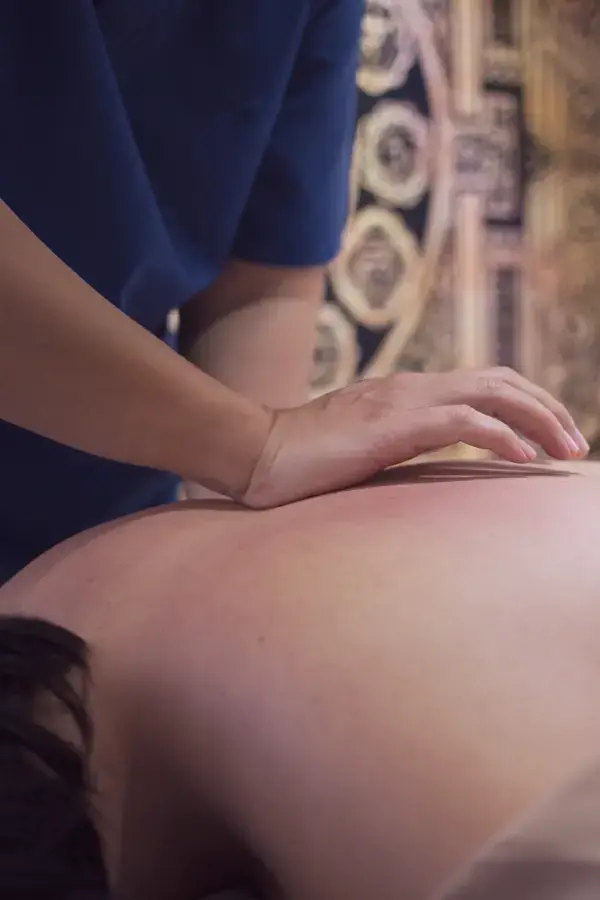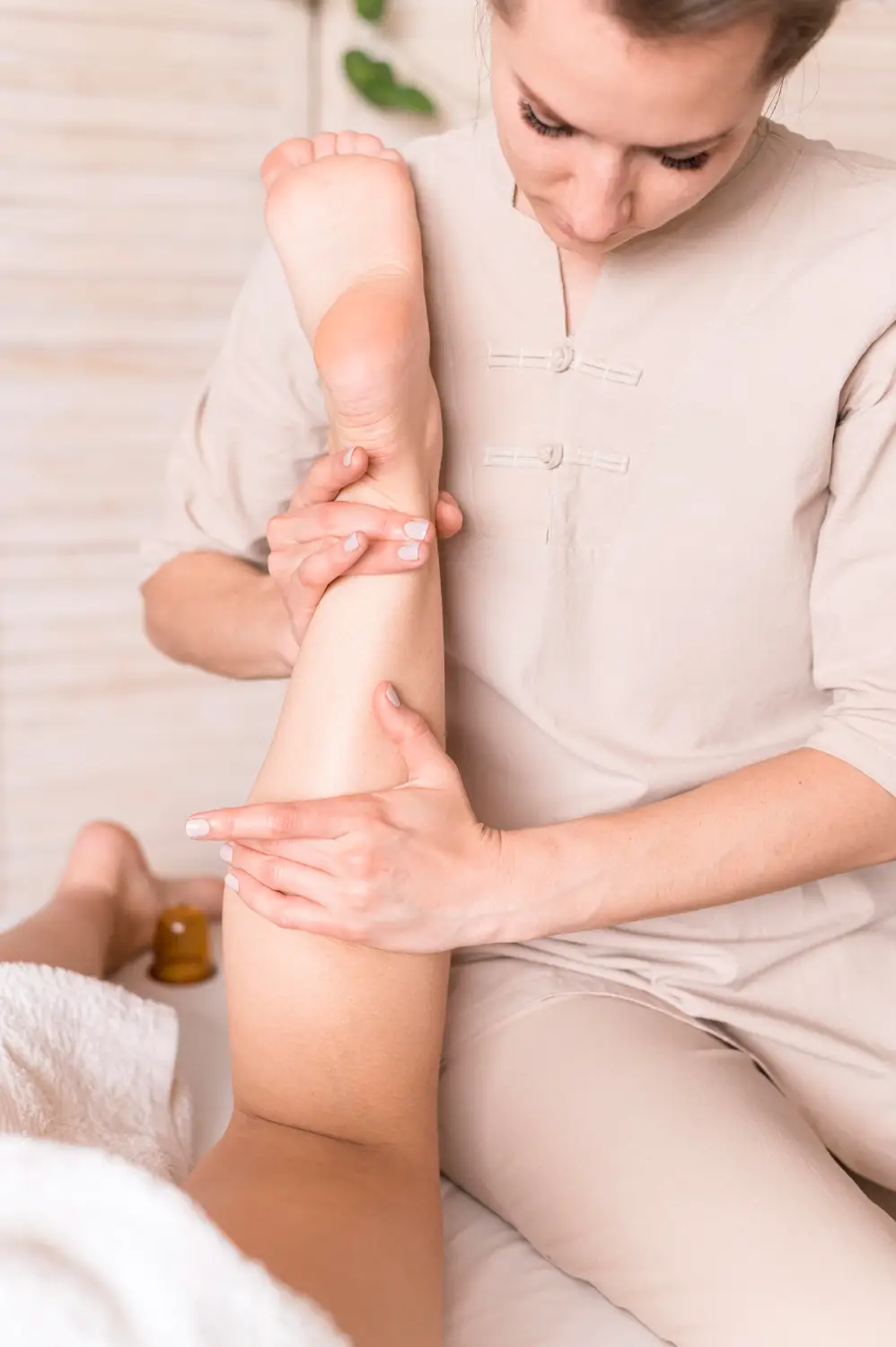Manual Lymph Drainage

How is Lymph Drainage Different than Massage?

Who Should See A Lymphatic Massage Therapist?
Post-Surgical Recovery: MLD is commonly recommended by plastic surgeons to speed recovery after liposuction, tummy tuck, BBL, facelift, and other cosmetic surgery. The area typically swells with body fluid after surgery, making the skin feel tight and painful. Unattended, this swelling can lead to fibrosis, and a bumpy or uneven feel to the skin. Manual Lymph Drainage reduces the swelling, providing immediate relief from pain and tightness, and it speeds up the healing process, too.
Localized Edema: MLD reduces swelling, thereby reducing discomfort, and promoting healing. Lymphatic massage works well after physical trauma that causes swelling. In addition, it’s effective for swelling from vigorous exercise, air travel, too much sitting, or venous insufficiency.
Migraine Headaches: Draining lymph from the cranial areas may reduce migraine symptoms. Lymphatic massage also brings relaxation and improves the quality of sleep.
And More!
What to Expect in Your Lymphatic Massage Session
Your lymphatic massage therapist begins by discussing your medical history. Most importantly, we have to be sure that MLD will be safe and effective for you.
An MLD session begins with gentle stimulation of the lymphatic ducts and major lymph nodes. This opens the gates to increased lymphatic flow. The opening sequence may include light pressure near the shoulders, neck, and axial and inguinal lymph nodes, depending on the areas of concern. Your therapist may use light pressure on the abdomen. The areas addressed by your lymphatic massage therapist depend on your health and medical condition, always with safety and comfort in mind.
The session proceeds with specialized strokes that stimulate the collection and movement of lymphatic fluid. These strokes go no deeper than the skin. Depending on your treatment goals, work encompasses the arms, legs, neck, face, trunk, or a combination of these areas. Most people find the treatment very relaxing. Often, the client drifts into a light sleep during the session.
In the case of post-surgical care, we often find areas where the excess fluid is beginning to harden. This is known as fibrosis, and is common after liposuction. In these cases, your therapist may employ some deeper compression techniques, to soften these areas. These added techniques can effectively reduce or completely eliminate the fibrotic areas.

